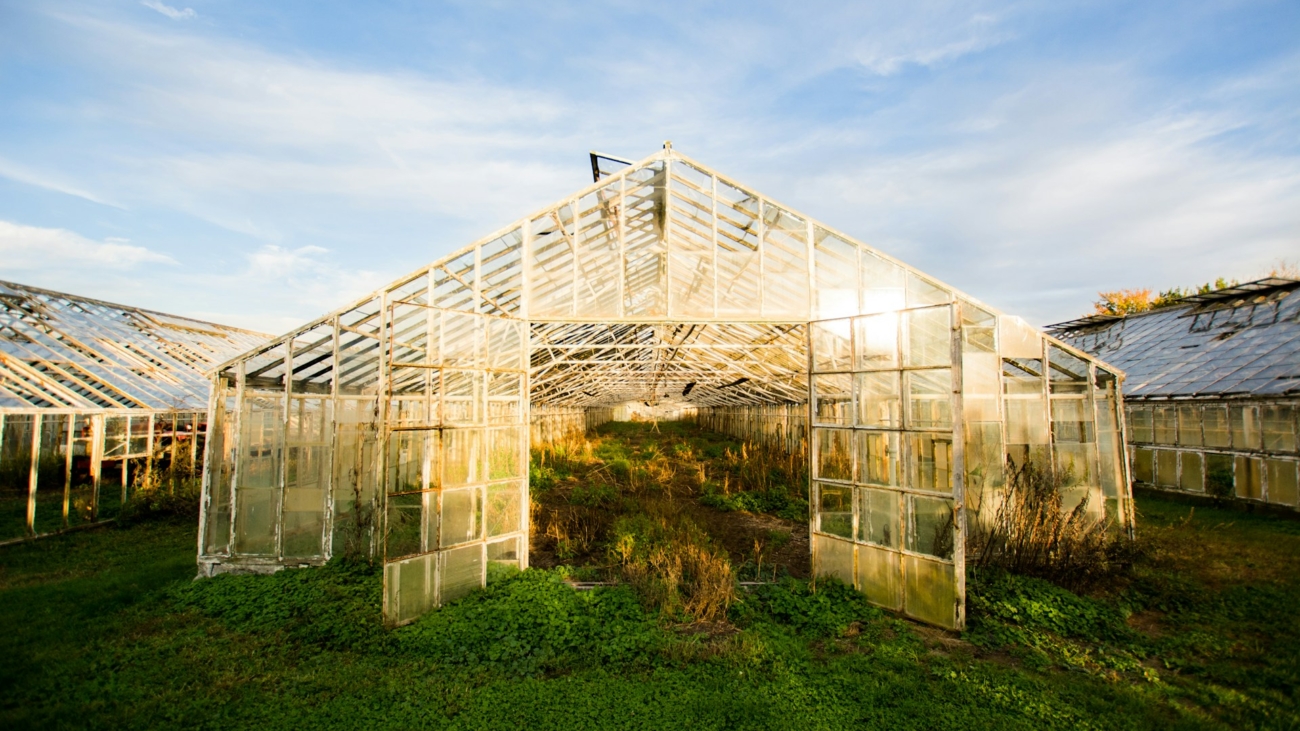In the realm of controlled environment agriculture (CEA), maintaining precise control over environmental conditions is paramount to achieving optimal plant growth and maximizing yields. Automated climate control systems represent a cutting-edge solution, enabling real-time monitoring and adjustment of temperature, humidity, and CO2 levels. This article explores the technical aspects, benefits, and implementation strategies of automated climate control systems in modern agriculture.
The Role of Climate Control in Agriculture
Climate control in agriculture involves managing various environmental parameters to create an ideal growing environment for crops. The primary factors include temperature, humidity, and carbon dioxide (CO2) levels. Each of these factors plays a crucial role in plant physiology and development:
- Temperature: Influences metabolic rates, growth cycles, and flowering times.
- Humidity: Affects transpiration, nutrient uptake, and disease susceptibility.
- CO2 Levels: Essential for photosynthesis, directly impacting plant growth and yield.
Automated Climate Control Systems: An Overview
Automated climate control systems utilize a combination of sensors, controllers, and actuators to maintain optimal environmental conditions within greenhouses or indoor farming facilities. These systems typically consist of the following components:
- Sensors: Devices that measure temperature, humidity, CO2 concentration, light intensity, and other relevant parameters.
- Controllers: Central units that process sensor data and make real-time decisions to adjust environmental conditions.
- Actuators: Mechanical devices that execute the controllers’ commands, such as heaters, fans, humidifiers, dehumidifiers, CO2 injectors, and ventilation systems.
How Automated Climate Control Works
- Data Collection: Sensors placed throughout the growing area continuously monitor environmental conditions, collecting data on temperature, humidity, CO2 levels, and other parameters.
- Data Processing: The collected data is sent to the controllers, which use advanced algorithms to analyze the information and determine if adjustments are needed.
- Real-Time Adjustments: Based on the analysis, the controllers send commands to actuators to make precise adjustments. For example, if the temperature drops below the optimal range, heaters may be activated. If humidity is too high, dehumidifiers or ventilation fans might be turned on.
- Feedback Loop: The system operates in a continuous feedback loop, constantly monitoring conditions and making adjustments as needed to maintain an optimal growing environment.
Benefits of Automated Climate Control Systems
- Improved Crop Yields: By maintaining optimal growing conditions, plants can achieve their full growth potential, resulting in higher yields and better-quality produce.
- Resource Efficiency: Automated systems optimize the use of resources such as water, energy, and CO2, reducing waste and lowering operational costs.
- Consistent Quality: Precise climate control ensures uniform growing conditions, leading to consistent crop quality and reducing the likelihood of defects or diseases.
- Labor Savings: Automation reduces the need for manual monitoring and adjustments, allowing growers to focus on other critical tasks and improving overall labor efficiency.
- Scalability: Automated systems can be easily scaled to accommodate larger growing areas or more complex operations, supporting the expansion of agricultural enterprises.
Implementation Strategies
- Initial Assessment: Conduct a thorough assessment of the growing environment to determine the specific climate control needs based on the crops being grown and the existing infrastructure.
- System Design: Collaborate with agricultural engineers and technology providers to design a tailored automated climate control system that meets the specific requirements of the operation.
- Installation and Calibration: Install sensors, controllers, and actuators in strategic locations to ensure accurate monitoring and effective adjustments. Calibrate the system to align with the desired environmental parameters.
- Integration with Existing Systems: Integrate the automated climate control system with other existing agricultural systems, such as irrigation and lighting, to create a cohesive and efficient operation.
- Training and Support: Provide training for staff on how to operate and maintain the automated system. Ensure ongoing technical support to address any issues that may arise.
- Continuous Monitoring and Optimization: Regularly review system performance and make adjustments as needed to optimize efficiency and effectiveness. Use data analytics to identify trends and areas for improvement.
Conclusion
Automated climate control systems are a transformative technology for controlled environment agriculture. By leveraging real-time monitoring and precise adjustments, these systems create optimal growing conditions that enhance crop yields, improve resource efficiency, and ensure consistent product quality. As the agricultural sector continues to evolve, the adoption of automated climate control systems will play a crucial role in meeting the increasing demand for high-quality produce while promoting sustainable and efficient farming practices.

